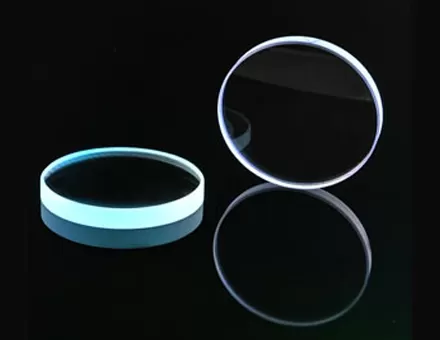1. Birth background
An axicon is a special type of lens whose surface shape is cone-shaped, but more commonly spherical or cylindrical. The background of the birth of this lens is mainly to meet special optical needs, such as generating non-diffracted beams and achieving light focusing over long distances.
2. Relevant theories or principles
The working principle of conical lens is mainly based on the theory of geometric optics and physical optics. When a parallel beam is shot into a conical lens, due to its tapered surface shape, the beam is reflected along the cone and concentrated toward the top of the cone, forming a halo. The diameter of this ring depends on the wavelength of the incident light and the cone Angle of the cone lens. In addition, conical lenses can also generate Bessel beams, which are non-diffractive beams that do not diverge even during propagation.

3. Key parameter indicators
The important parameters of conical lens mainly include cone Angle, apex Angle, base diameter and so on. Among them, the cone Angle is the key parameter to determine the focusing performance of the beam. The larger the cone Angle, the better the focusing performance of the beam. The top Angle determines the optical properties of the cone lens, such as transmittance and reflectivity. The base diameter directly affects the size and weight of the conical lens.
4. Application
Conical lens is widely used in laser processing, optical communication, medical equipment and other fields. In laser processing, conical lenses can generate high-quality Bessel beams, enabling precise material cutting and drilling. In optical communication, conical lenses can be used to generate non-diffractive beams and improve the transmission quality of optical signals. In medical devices, conical lenses can be used in eye surgery, such as laser corneal cutting.
5. Classification
According to the material, the cone lens can be divided into glass cone lens, crystal cone lens and so on. According to the different cone angles, it can be divided into small cone cone lens, large cone cone lens and so on. In addition, it can also be specially designed and customized according to the use environment and application requirements.
6. Future development trend
With the development of photoelectric technology, the application field of conical lens will be further expanded. For example, in the fields of quantum communication, biomedicine and so on, conical lens has a very broad application prospect. In addition, with the advancement of material science and manufacturing technology, the performance of conical lenses will also be further improved.


















 EN
EN





